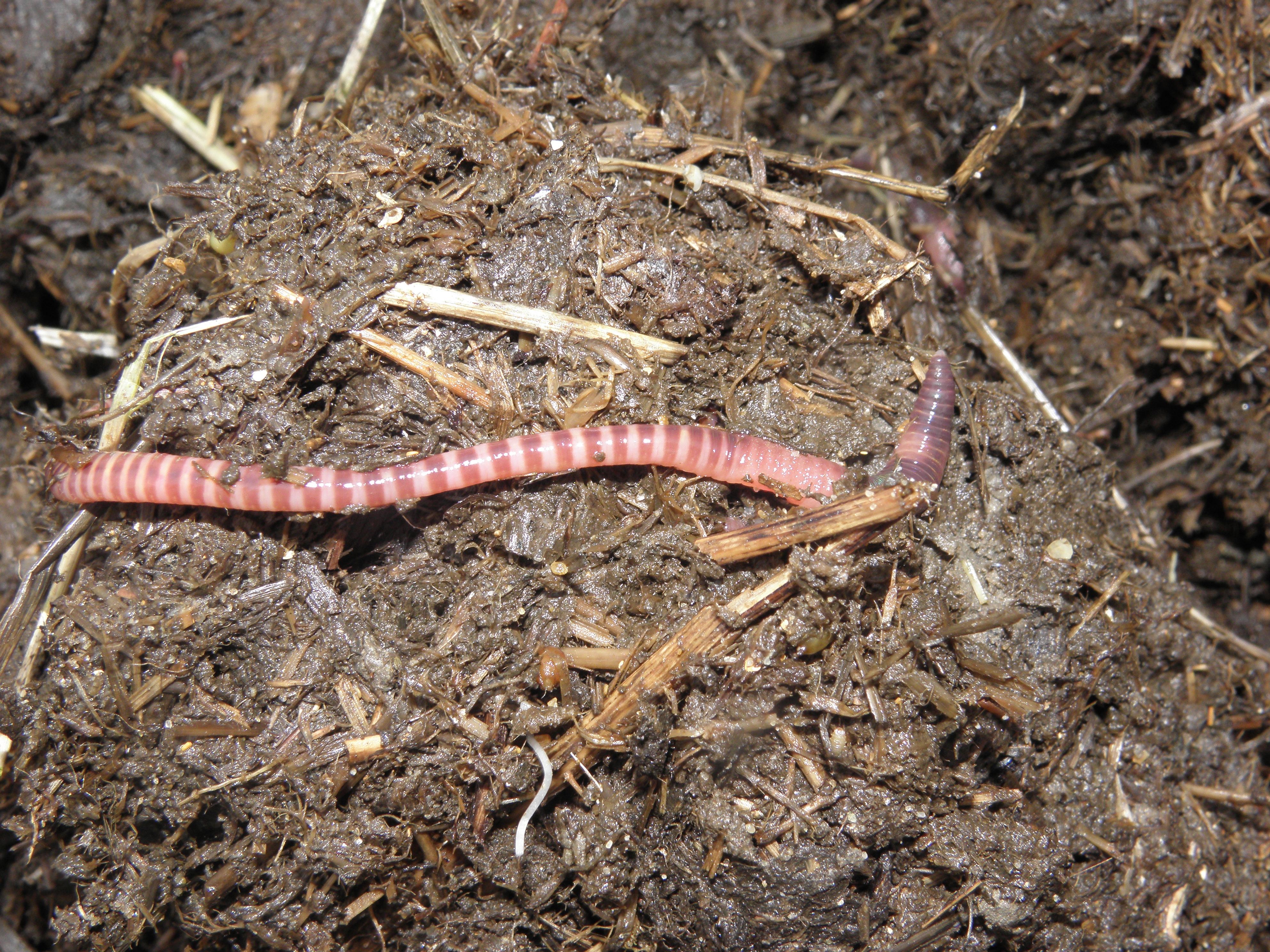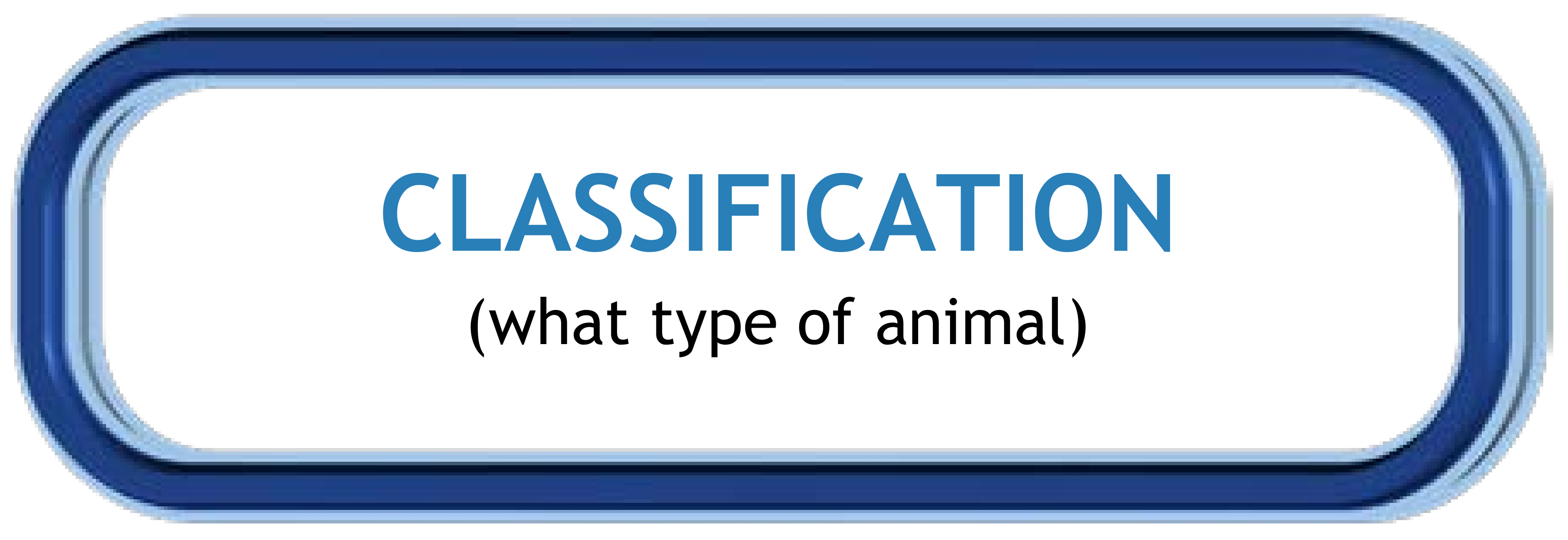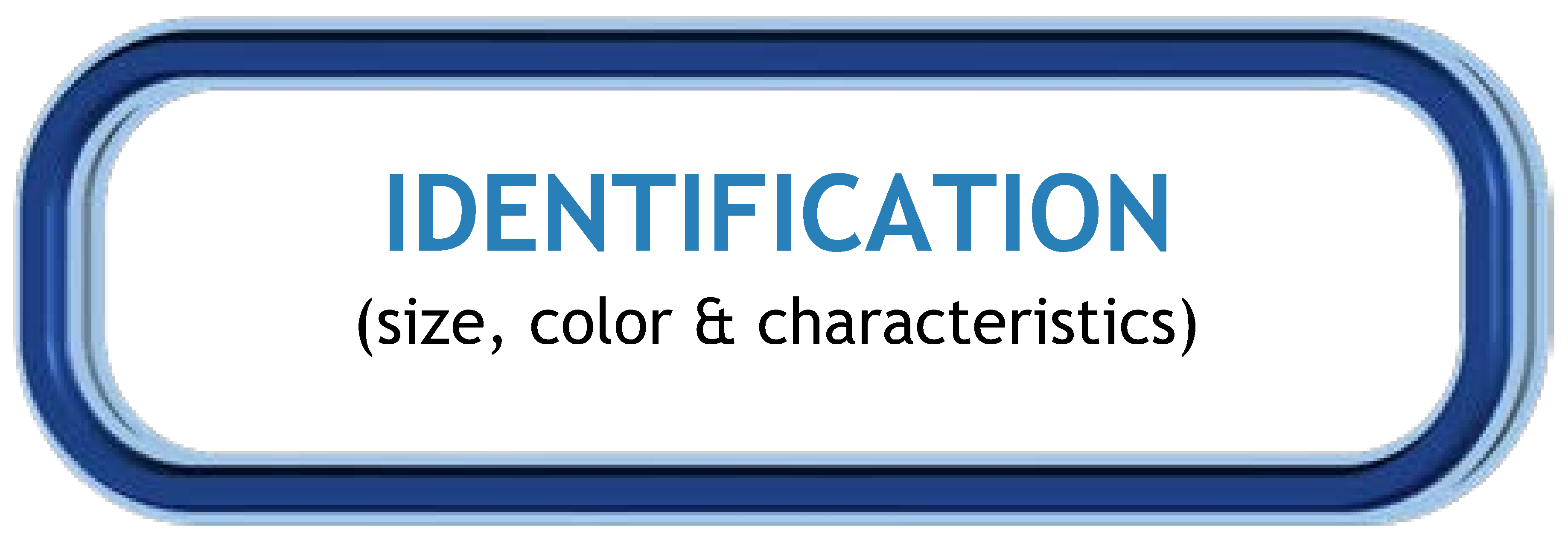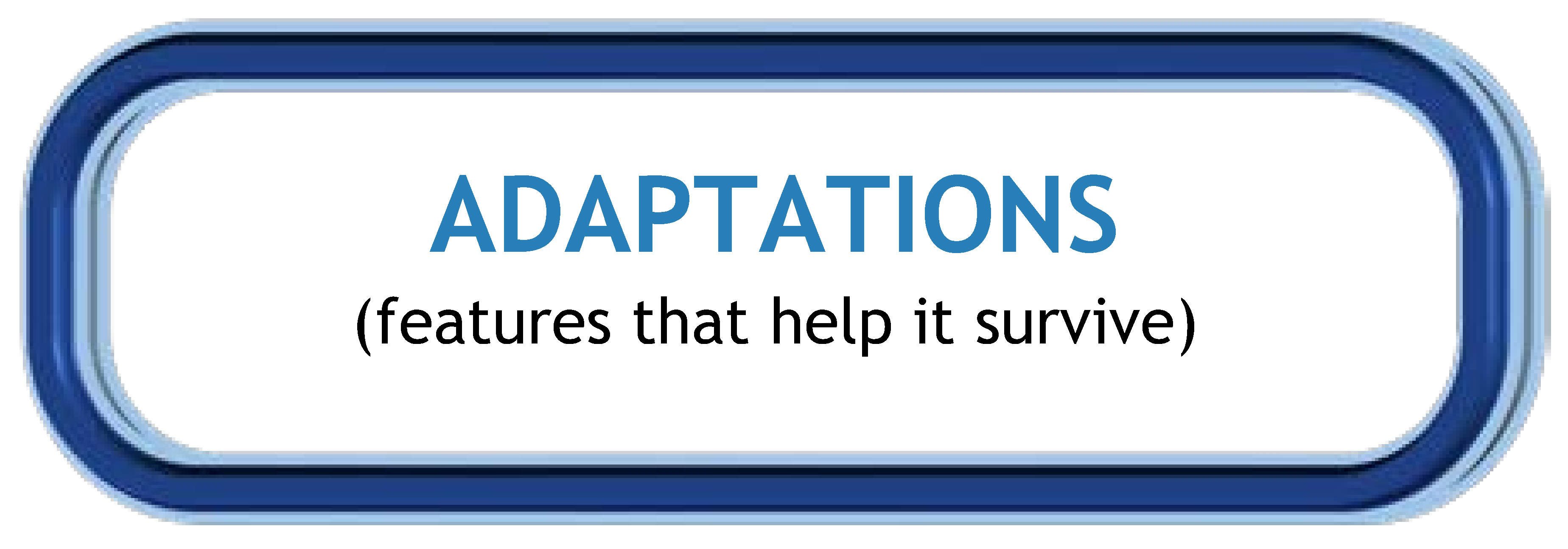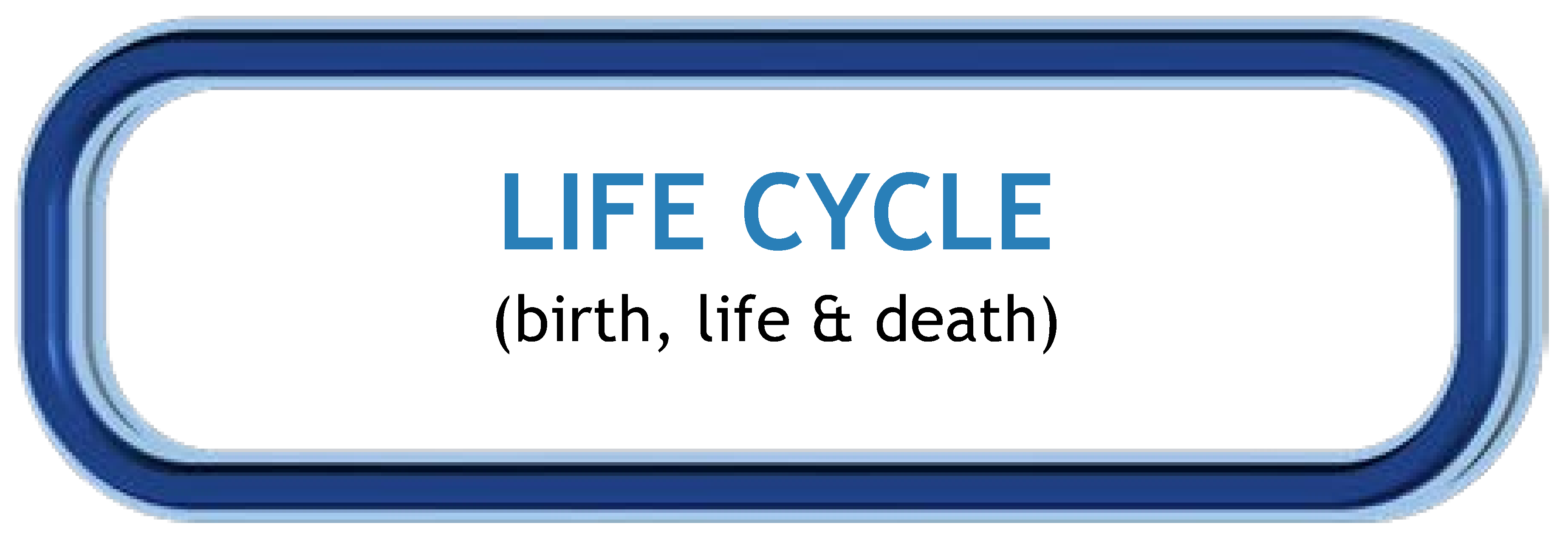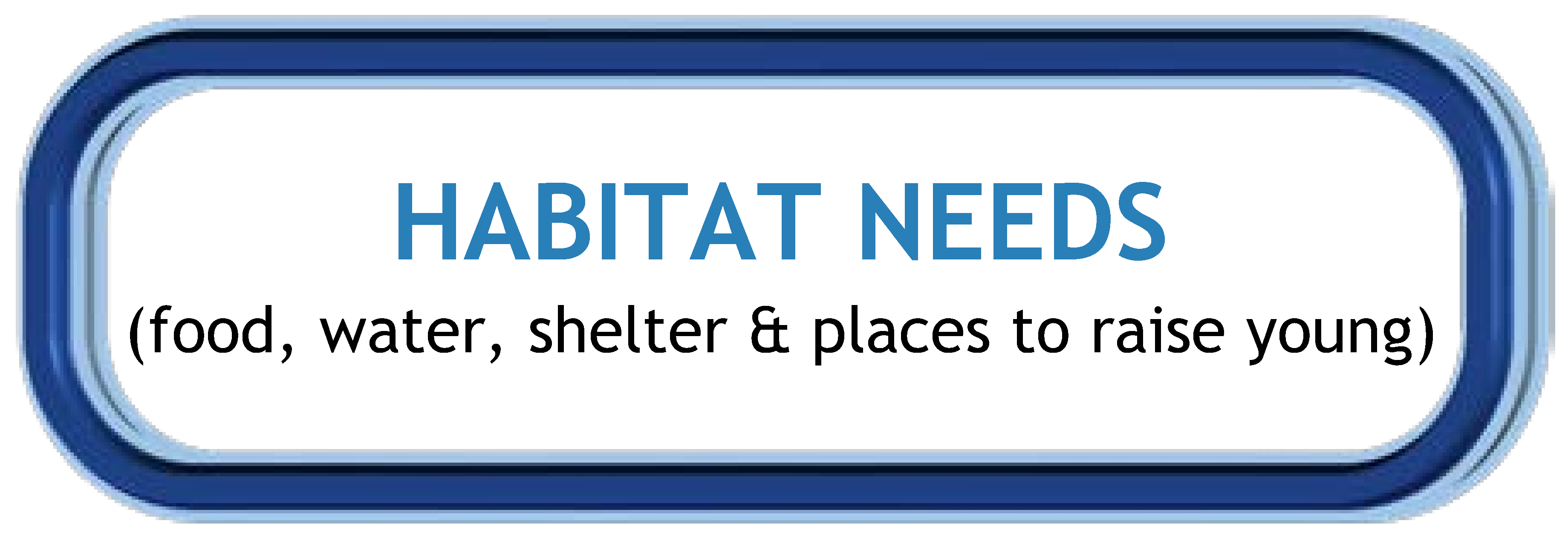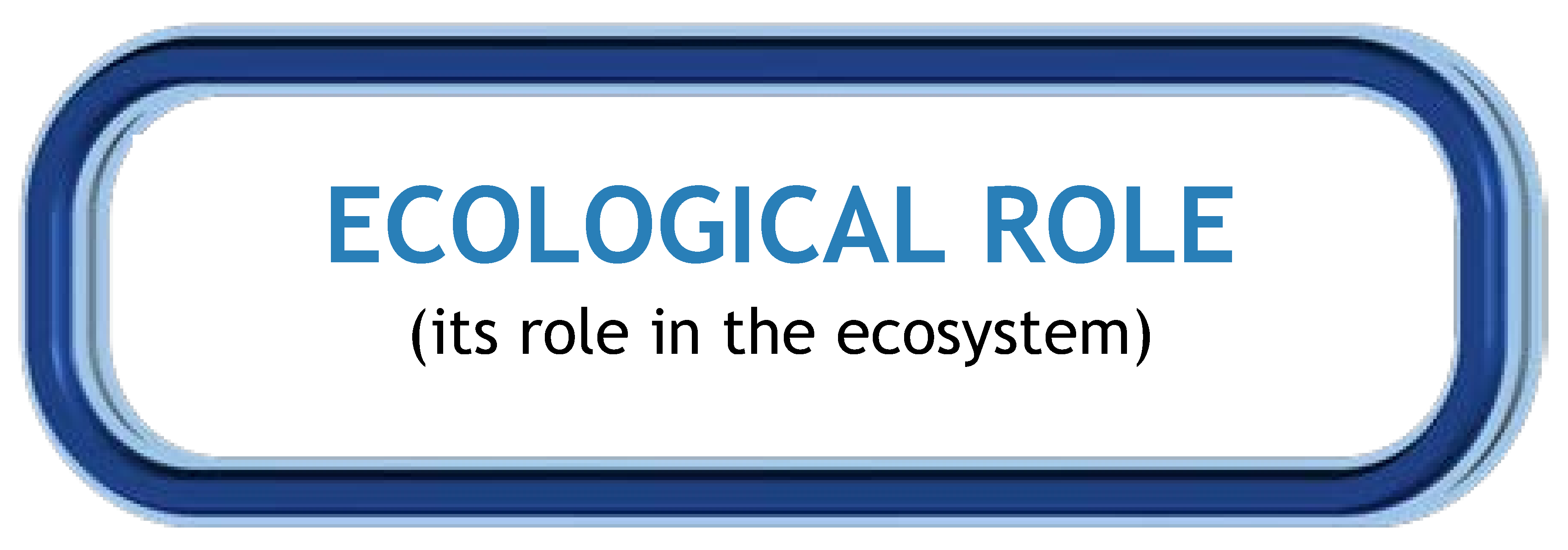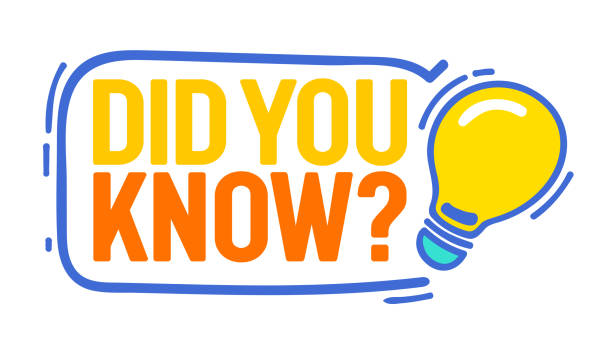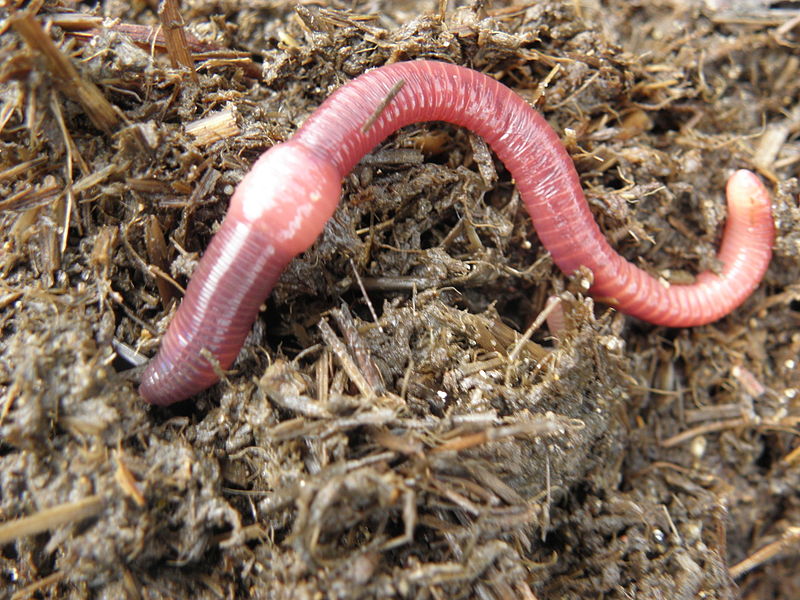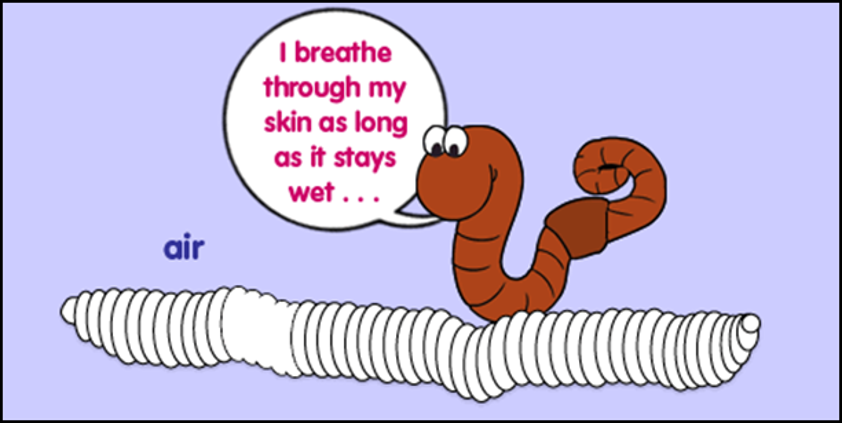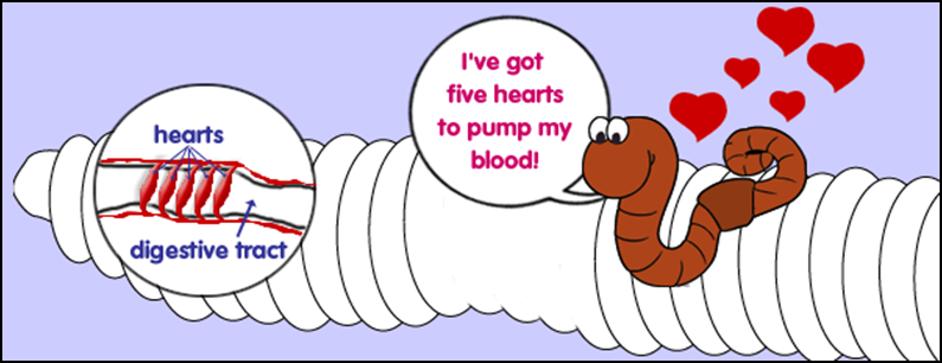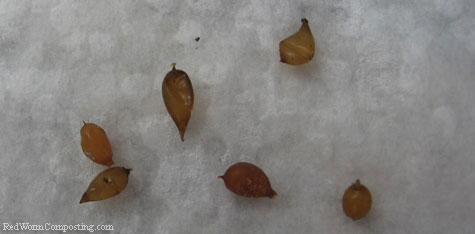Wonders of Wildlife: Red Wiggler Worm
Red Wiggler Worm
Other Common Names: Manure Worm, English Redworm, Soilution Worm, Brandling Worm
Scientific Name: Eisenia fetida
Found in Alabama: Statewide
Diet: Detritivore (feeds on dead organic material) |
Red Wiggler in Habitat
Wikimedia - Rob Hille
Click on image to enlarge it
|
Learn more about...
1st Grade Adaptation and Ecological Role Facts (PPT | PDF)
| CLASSIFICATION |
| |
|
What type of animal am I?
- I am an invertebrate (an animal without a spine or backbone).
- I am cold-blooded, so I cannot control my body temperature.
- I do not have a stiff covering on the outside of my body, so I have smooth skin.
- I breathe through my skin.
- I have no legs.
|
Scientists use basic traits to group animals into different taxonomic classes.
For a taxonomic classification chart comparing key traits of common backyard wildlife,
CLICK HERE! |
|
| The Red Wiggler is a CLITELLATE (worm)! |
| IDENTIFICATION TIPS |
| |
|
Red Wiggler
Wikimedia - Rob Hille
Click on image to enlarge it
|
ADULT WORM |
- Aults reach 1 - 5 inches in length
- Dark reddish brown in color
- Visible bands that alternate in color between light pink or tan and dark reddish brown
- Babies look similar to adults
|
| ADAPTATIONS |
| |
| PHYSICAL ADAPTATIONS |
| |
| Red wigglers have receptors (sensory cells) in their skin: |
- They do not have eyes.
- They have special organs that detect how light or dark it is outside, so they can stay underground during the day to avoid the sunlight.
- They do not have ears.
- They are able to sense (or feel) vibrations made by the sounds of nearby animals on or within the soil.
- They also have cells called chemoreceptors that detect chemicals in the soil, allowing them to "taste".
|
| |
| Red wigglers are a similar color as dirt: |
- Their dark red and brown coloration allows them to easily camouflage (blend in with the surrounding environment).
- This allows them to avoid predators (animals that eat them).
|
| |
| Red wigglers can digest rotting materials: |
Red Wigglers in Compost Pile
Callie Martin
Click on image to enlarge it
|
- The digestive system of red wigglers allows them to eat dead leaves and other decomposing (rotting) matter (like dead plants and animals) in the soil and on the ground.
- They are able to convert these materials into compost (nutrient-rich soil) that plants can use for food.
|
| |
| Red wigglers breath through their moist skin: |
- Worms do not have lungs but instead breathe in oxygen and release carbon dioxide through their skin.
- They have slimy mucus (slimy substance produced by some organisms) that keeps the skin moist and allows air to dissolve on the skin.
- If they dry out, they suffocate (stop breathing) and die.
|
| |
| Red wigglers have segmented bodies and smooth skin: |
- The round segments (body parts) have many muscles that allow them to move more easily and burrow through the soil.
- Worms look and feel like they have smooth skin.
|
|
- However, they also have tiny, microscopic (too small to see with the human eye) hairs or bristle-like structures that can be seen with a microscope on each body segment (except the first and last body segment).
- These tiny hairs are called setae.
- Setae assist the worms in moving through the soil and over the ground or surface.
|
| |
| Red wigglers have five hearts: |
- Earthworms have five hearts to pump blood through their body.
|
|
| |
| All red wigglers have both male and female reproductive organs: |
- There are no male or female red wiggler worms.
- They all have the same reproductive organs that allow them to lay coccoons that contain eggs with baby worms.
|
| |
| BEHAVIORAL ADAPTATIONS |
| |
| Red wigglers are nocturnal: |
- They are active during the night (nocturnal).
- At night they can emerge from the soil to eat dead leaves and other decomposing plant material along the ground.
- They must stay underground during the day so they won't dry out and die in the sunlight.
|
| |
| Red wigglers have a defense mechanism (a way to defend themselves from predators): |
- If spotted or disturbed, they produce a foul-smelling yellowish fluid.
|
| |
| LIFE CYCLE |
| |
|
|
Egg: |
- Red wiggler worms lay a cocoon that contains 8 to 20 soft-shelled eggs.
- The cocoon is buried in the top layer of the soil.
|
Red Wiggler Cocoons
courtesy of RedWormComposting.com
Click on image to enlarge it |
| |
|
Young: |
- Upon hatching from the eggs, the young are independent and look similar to the adults.
|
| |
|
|
| Life Span: |
- The average life span for the red wiggler is 1-5 years.
|
| |
|
|
NATURAL
Habitat Needs |
ADULTS |
YOUNG |
| Food |
- They feed on organic material such as dead plants, live plants, dead animals, and animal waste (poop).
|
| Water |
- They obtain moisture through the moist soil, live plant material, and puddles (at night).
|
| Shelter |
- They are often found just under the top layer of soil.
- They also take shelter under damp piles of leaves or logs
- They can also be found in manure (poop) piles
|
- The females deposit cocoons (full of eggs) just under the surface of the soil.
|
| Places to Raise Young |
- Cocoons are deposited just under the surface of the soil.
|
|
BACKYARD
Habitat Needs |
ADULTS |
YOUNG |
| Food |
- Provide moist decaying logs and piles of dead leaves.
- Use vermicompost bins which include organic waste such as strips of paper, apple cores, banana peels, coffee grounds, egg shells, etc. (CLICK HERE for full list.)
|
| Water |
- Obtain hydration from moist soil, live plant material, and puddles (at night).
|
| Shelter |
- Provide a Log Decomposition Station with moist soil under decaying logs and dead leaves.
- Provide a Vermicompost Bin with a lid to prohibit (stop) light (Note: A traditional compost pile gets too hot and receives too much light for red wigglers to survive.)
|
| Places to Raise Young |
- They will naturally lay cocoons in log decomposition stations or vermicompost bins.
|
|
| ECOLOGICAL ROLE |
| |
|
| Animals play an important ecological role in the health of habitats and ecosystems. |
| |
|
Food Source: |
- A wide variety of animals feed on red wigglers including birds, mammals, and insects.
|
| |
|
Decomposer: |
- Red wigglers and other types of earthworms are decomposers (organisms that assist in the process of turning dead material into nutrients).
- As worms consume (eat) decaying organic matter (such as dead leaves or decaying tree roots), their digestive system converts the organic matter into castings (worm poop) that provides important nutrients (food) for the surrounding plants.
|
| |
|
| Compost: |
- Humans use red wigglers in vermicompost bins to turn scraps like shredded paper, coffee grounds, and egg shells into compost with castings to provide nutrient-rich soil and natural fertilizer for their gardens.
- The process of using red wigglers to convert organic matter into fertilizer is called vermicomposting.
|
| |
|
Soil Improvements: |
- Red wigglers play a role in improving the overall health of the soil by increasing aeration (allowing air to mix with soil), increasing water movement through soil, and cycling nutrients through the soil.
- When red wigglers move through the soil they form burrows.
- These burrows remain in the soil, allowing air and water to get into the soil and increasing soil drainage.
- These burrows also provide space for plant roots to develop, promoting plant growth.
- The castings left behind by red wigglers contain important nutrients and organic matter for the soil.
- Red wiggler worms also help with "turning" the soil by helping to mix the top layers of the soil, usually containing pieces of leaves or grass, with the soil underneath.
|
| |
|
| Soil Quality Indicator: |
- Red wigglers are sensitive to changes in soil conditions and have been useful to scientists in determining the quality of soil.
- Soils that have been contaminated by toxins (chemical poisons) are likely to have fewer red wigglers and fewer successful cocoons.
- Scientists can also use the number of successful cocoons in the soil as an indicator of soil contamination.
|
| |
|
INFORMATION SOURCES FOR THIS SPECIES
.


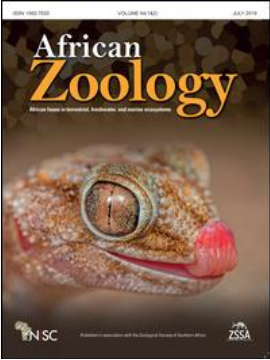


 Wildlife Tag
Wildlife Tag
